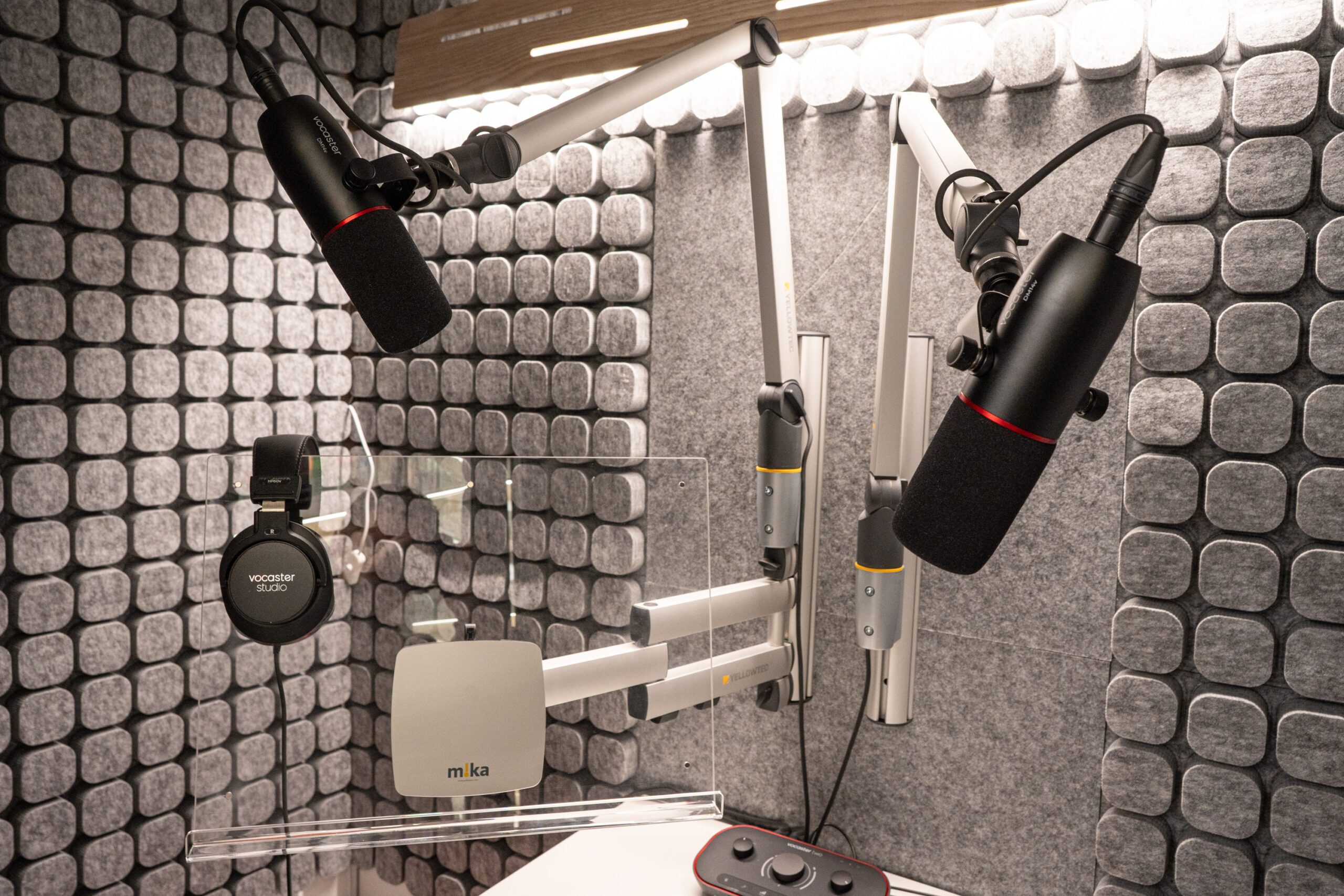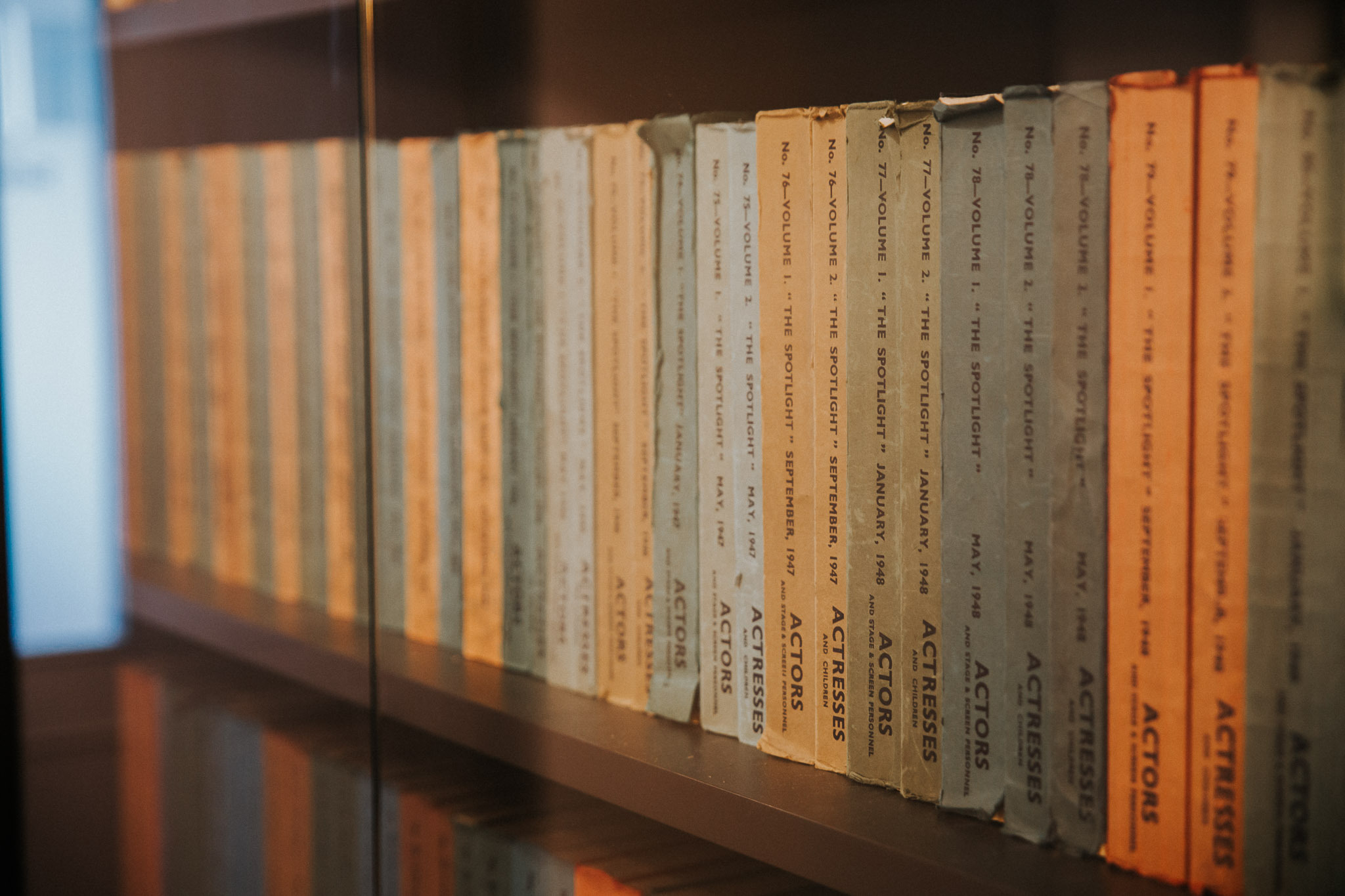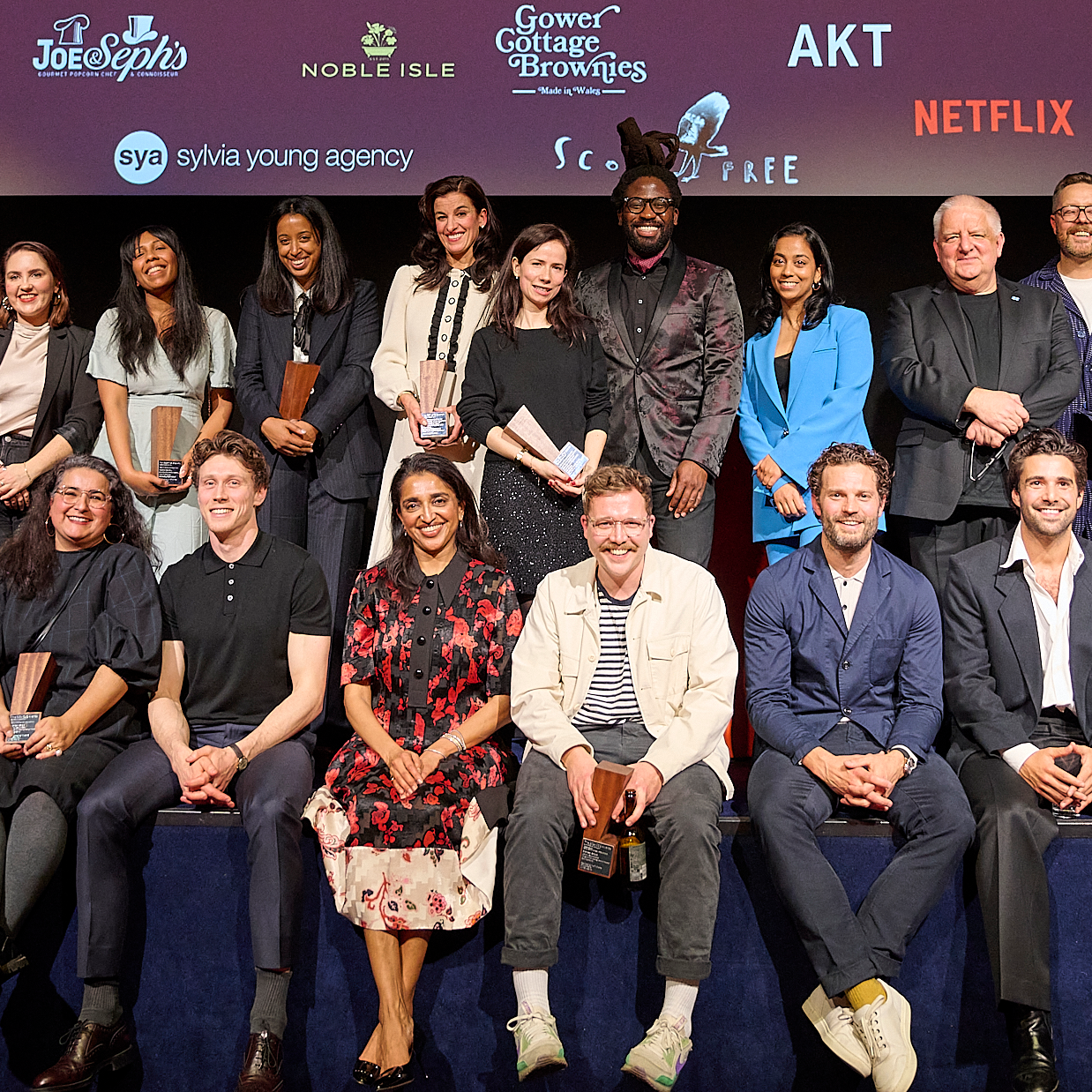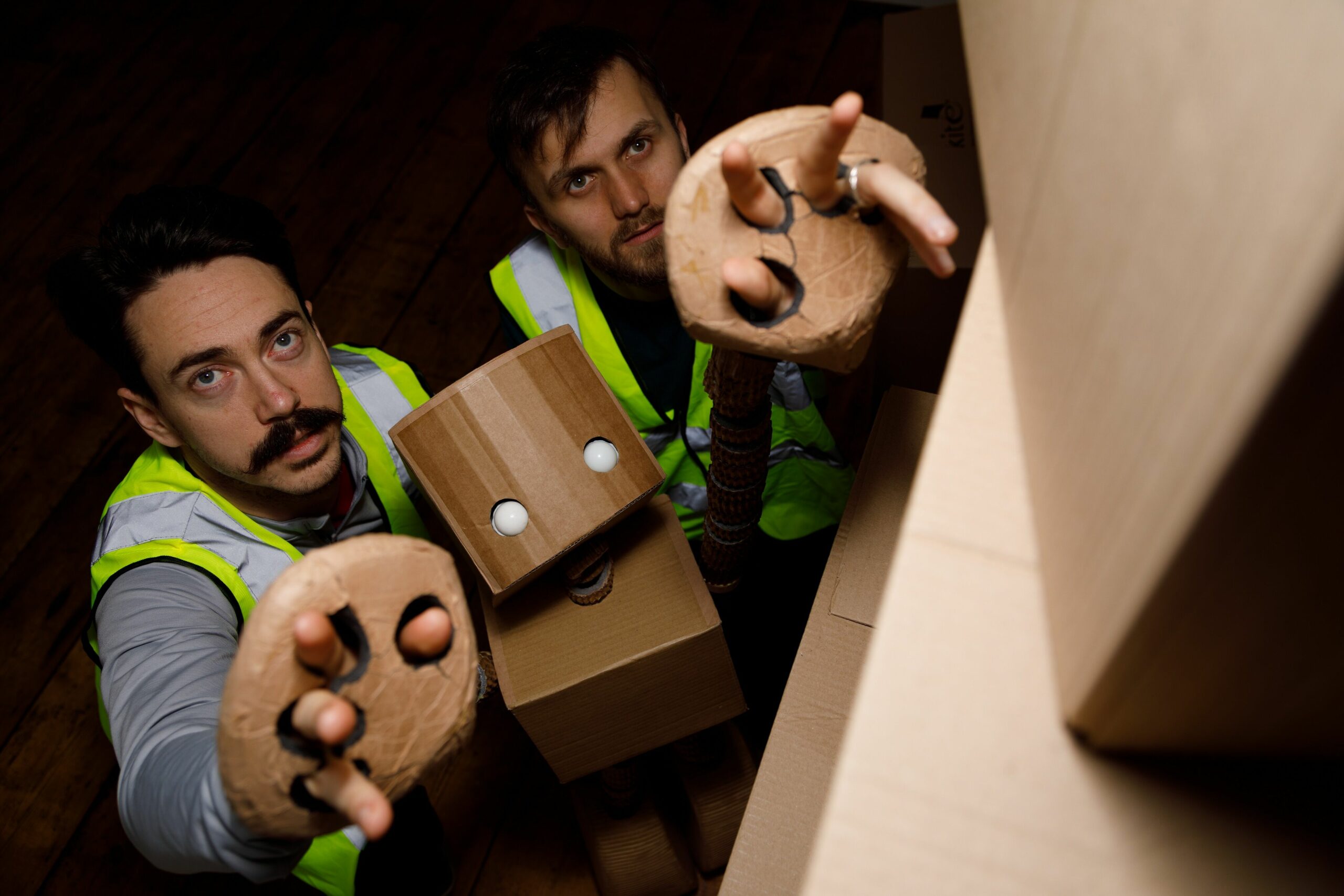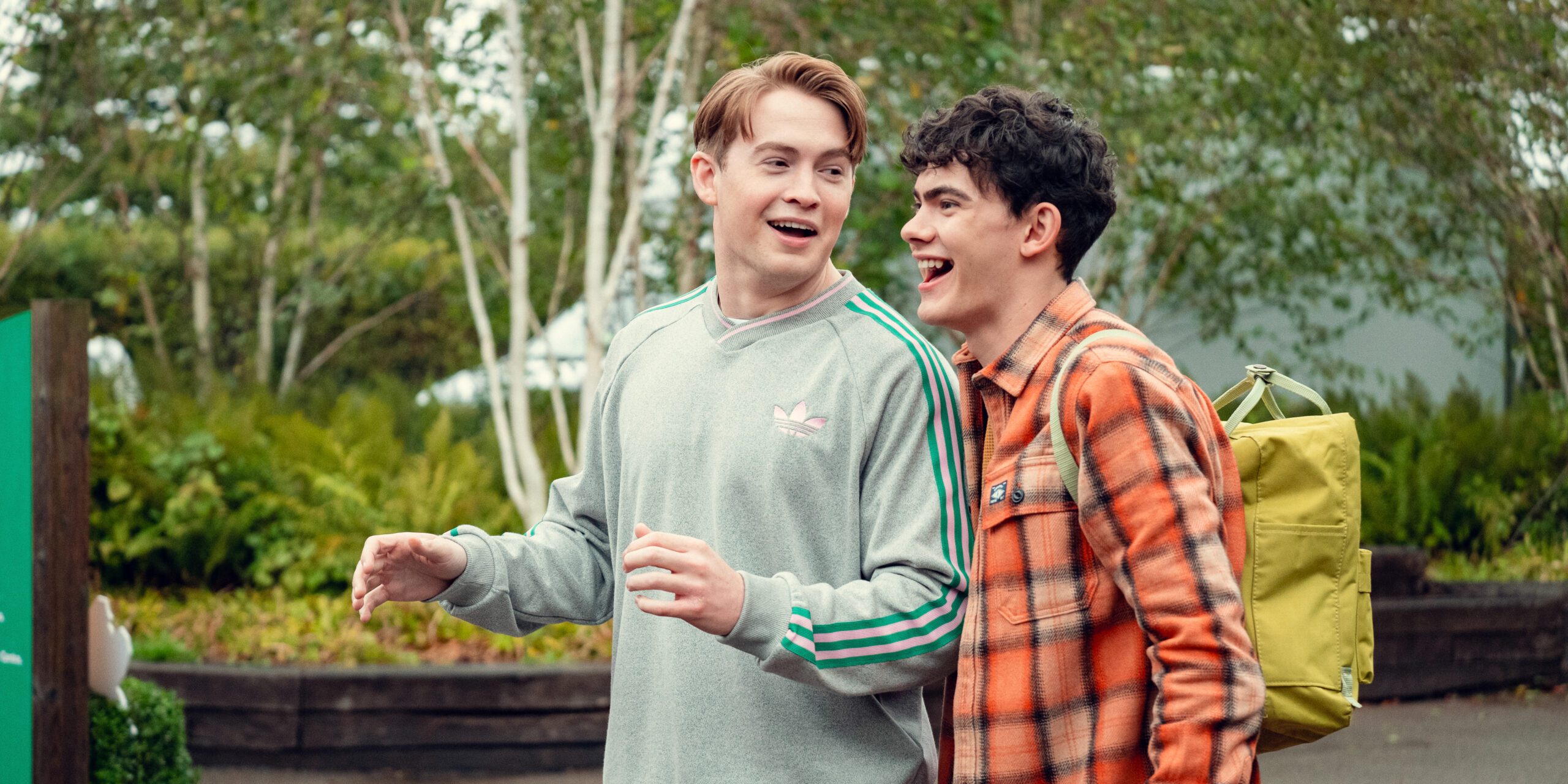Spotlight talks with Richard Hay, puppeteer and co-creator of Sharklegs Theatre Company, about puppetry, going viral, and taking Sharklegs’ new, Amazon-exposing show, Fulfilment, to the Edinburgh Fringe.
Hi Richard! How did you first get into puppetry?
I graduated from drama school a long, long time ago, and I did a course at East 15 [where] we did lots of different physical skills. So I kind of had a go at it then, didn’t really think about it, went and became an actor, and, because I was generically physical, people kept going, ‘Can you just wiggle this in the background? Can you just hold that?’
So it was just a skill I learned as I went through my career, and then, when I set up my theatre company, Sharklegs, I got a little more time to actually figure out and hone my skills, and it was there that I kind of went, ‘Oh, this is a beautiful way of telling a story and bringing things to life.’ That’s where my real love for it started, and where I started really exploring that as an opportunity.
You’ve gone viral on Twitter for creating ‘Paperboy’, a puppet made from a newspaper. What was that experience like?
It was crazy! It was the weirdest two weeks of my life. Kezia Cole and I had just set up Sharklegs, [and] had absolutely no money, so I was making the puppet out of free newspapers on the tube. And obviously, like all actors, I had a money job at the same time, so I’d been at my money job all day and hadn’t actually prepared for the rehearsal.
So I made this little puppet, crammed on the train, and I sort of sat with him on my lap and didn’t really think anything about it. This guy took a photo and then tweeted ‘lonely guy on the tube makes his own friend.’ I had no idea.
I went to rehearsal, and we used the puppet, and then I got home and all of my friends had been messaging me going, ‘Is this you? Are these your legs? Are you the lonely man?’ And people had gone on Rush Hour Crush and been like, ‘I want to meet the Paperboy! Who is the Paperboy?’ Very quickly they stopped doing that once they saw my face.
We went on London Live, I made a Paperboy in five minutes on TV, twice! And then I got interviewed by the Evening Standard and a couple of other newspapers, and I’d have to carry my phone charger around for two weeks, because I think 100,000 people retweeted it, and so my phone battery would just die. Never go viral, because it’s awful for your phone battery!
Then we went to the Victorious Festival down in Portsmouth, and we got all of the people at Victorious to make and design their own little people. And then we made little Paperboys and put name tags on them and sent them all out on the tube with, ‘Hello, my name is… Please let us know that you find a nice home,’ and people would be sending us pictures of Paperboys that they found.
So it was a really, really lovely couple of weeks, and crazy – I’ve never been so famous in my life!
What inspired you and Kezia to create your latest show, Fulfilment?
There’s been a lot of interviews and exposés by a number of people, like Panorama and The Guardian, and we’d been reading those, and then James Bloodworth produced a really interesting book about jobs in low-wage Britain. So we’d been talking about it, and it had been mulling around in our brains.
[We] were chatting about it on the train and this guy came over and overheard us and just started chatting to us. It wasn’t like some other person from another place, it was just this dude who was on the train. And that’s when it clicked for me that this was something that was happening, and it was happening to people we know or people we are near, or our families and our friends.
[We] were like, ‘Right, we need to meet and talk to more people.’ So that’s where the idea sort of started, and we found it quite tricky, because obviously Amazon is incredibly good at what it does. It is disgustingly convenient – wonderfully convenient! Like, running a theatre company, when you’re in a rehearsal devising a show and you’re like, ‘Oh no, we need a squeaky pig, and we need it now!’ You get it delivered the next day, squeaky pig is in the show – fantastic!
We are currently boycotting Amazon, and when we first decided we were going to do that, I was genuinely like, ‘So I just can’t buy things online now?’ [It’s] just become so convenient and so easy for us. That was the thing that was really eye-opening: even though I’d sat down and I’d talked to over 70 people about their experiences, there’s still a little part of my brain going, ‘Yeah, but it is really convenient.’
[Sitting] down opposite these people, I’m going, ‘Do you know what, I really want this thing by tomorrow, but actually if I had to ask you to walk 11 miles to get it, I wouldn’t.’ But if I had a screen in front of me, that kind of responsibility is gone, and I don’t have the same kind of gut instinct. So that’s what we wanted to explore.
In our show, we’ve got the verbatim testimonials of the workers we met, and then we also juxtapose that with some interactive puppetry. We have our little character, Robox, who is like the Amazon interface.
Why did you decide puppetry was the way to tell this story?
There’s something wonderful about puppetry, in that it is obviously fake, and we as an audience accept that it’s fake. The robot is a bunraku puppet, so it has three puppeteers that don’t hide. You see them where they are, standing behind the puppet, and the convention is that you kind of just focus on the puppet, and you naturally do blur them out when you see them.
When Robox is alive and fully articulate and running about the stage and all this sort of stuff, you don’t see the puppeteers, who are working incredibly hard to make him real. And that was lovely, because it’s exactly the same as Amazon.
[As] long as you get the lovely performance from the puppet, you don’t care how hard it is for the puppeteers. If you get the convenience of the website, you don’t care how many people have to run around and get your stuff. So it became this wonderful dual-metaphor whilst we were exploring it.
Can you talk us through how you designed Robox?
Robox was made by Jimmy Grimes. We were really, really lucky to work with him. It’s been something we’ve been wanting to do for ages, and we were very lucky to have arts council funding.
[When] we were coming up with the ideas, obviously there was lots of reading, lots of research, all that stuff, and I’m dyslexic so I find it quite difficult to make my way through a lot of texts. So I doodle to keep my brain active and to remind me of things. When we were talking about the idea, I started just doodling pictures of Robox.
[We] sent [Jimmy] the drawings I’d done, and some other images of the robots, and some 80’s references, like Johnny 5 from Short Circuit, and then we designed Robox to look the way he did. What’s really lovely is that he looks exactly like one of my drawings.
[We] wanted [Robox] to be able to reach anywhere, so he’s got elasticated arms that can stretch, and he can grow. But what was really important was that the audience would connect to him. [So] he’s got nice big eyes, but they’re slightly lower on his face than would normally be, so you get all these signifiers of adorable, but then there’s just these little elements and little tweaks that make him slightly other, slightly strange.
[My] favourite bit of the puppet is the hands. [He’s] got these brilliant hands that the puppeteer’s fingers come through. You can still see these integrated human elements in the puppet which are really subtle, but when Robox climbs on you, all of a sudden you’ll feel a human’s hand on you, and it can be just that little bit disconcerting.
What made you decide to incorporate improv into the show as well?
Because we had to replicate Amazon. Amazon is amazing [at] using its algorithms at personalising, getting to know every person individually, and so that’s what Robox had to do. It’s a nightmare!
When I told my brother, who’s not really into theatre, that we were doing this show, he thought he’d be really, really helpful, and bought me an Alexa, which is the opposite of what he should have done! But it was useful to have. We kind of followed the similar impulses from the Alexa set up, because at the beginning of the show, the audience have to set up Robox, so he has to learn your voice, he has to be personalised to you, he has to get to know your facial expressions.
We took those elements and it became very clear very quickly that the only way that we could personalise to each and every individual audience is to respond to what they are saying, which is what Amazon is amazing at.
How have you found the Edinburgh Fringe?
I’m a little bit tired, literally everyone is I think, but I’ve really been enjoying this Fringe. We came up three years ago in 2016, and it was our first time up as a company, and we hit it hard and were like, ‘We’ve got to meet everyone, and we’ve got to do everything, and we’ve got to be everywhere!’ and I think we were just absolutely exhausted by the end of it.
Whereas coming up this time, we’ve learned a little bit more and I think we’ve taken that time for ourselves as well to go, ‘You know what? Today I’m going to sit down and have a coffee, and that’s what I’m doing this afternoon – I’m not going to see 80 shows.’ Because as amazing as it is to have so much theatre, it’s exhausting and you can get emotionally drained.
[It’s] an emotional rollercoaster bringing up your own show. It’s amazing and terrifying and hard and it’s something that you’ve been working on for years. We’ve been working on this for a year and a half now, with this goal of we’re going to get to Edinburgh, and when we both got here, all the actors were like, ‘Cool! Let’s go out!’ and Kezia and I were like, ‘I’m really tired now’.
[What’s] been really lovely is taking Robox out to flyer on the Royal Mile and a few different places, and just the people who’ve been coming up and saying they’ve seen the show and telling us bits that they liked.
What would you like audiences to take away from your show?
[We were] really, really careful not to nag. No one wants to be told that they’re the problem. People aren’t the problem. The problems that need to be addressed are on a governmental level with the organisation and the company. [So] we were very, very aware that we didn’t want to be like, ‘You Amazon users are the only person to blame!’
So what I’d like people to take away is just a wider awareness of the situation, to shop more responsibly, to realise that they don’t need the squeaky pig the next day. [Amazon’s] the largest company in the world, it made $10.1 billion last year. Our one Fringe show is not going to bring it down – yet! But what we can do is make people go, ‘These are the facts, this is the situation, this is the experience,’ and then let them make their own minds up.
Do you have any advice for those seeking a career in puppetry?
Obviously there are courses and things that you can do, but have an inquisitive mind. That’s how I started. I always say I don’t like humans. I always like the monsters, I always like the weird things, and so that’s kind of where I started.
I made some things, just had a go at papier-mâché. How would this live? How would this breathe? What are the laws of our real world that act on this puppet? So, if it can fly, how does it do it, and thinking of those logistical and mechanical ways in which it would exist is how I sort of started going.
If this glass was alive, what would it do? What would it want? What character would it have? And then develop it from there. But yeah, have an inquisitive mind and [don’t] be afraid to do it wrong is probably the best I can really say.
Thank you Richard for your enlightening words! Take a look at our website for more interviews and advice from the Edinburgh Fringe.







